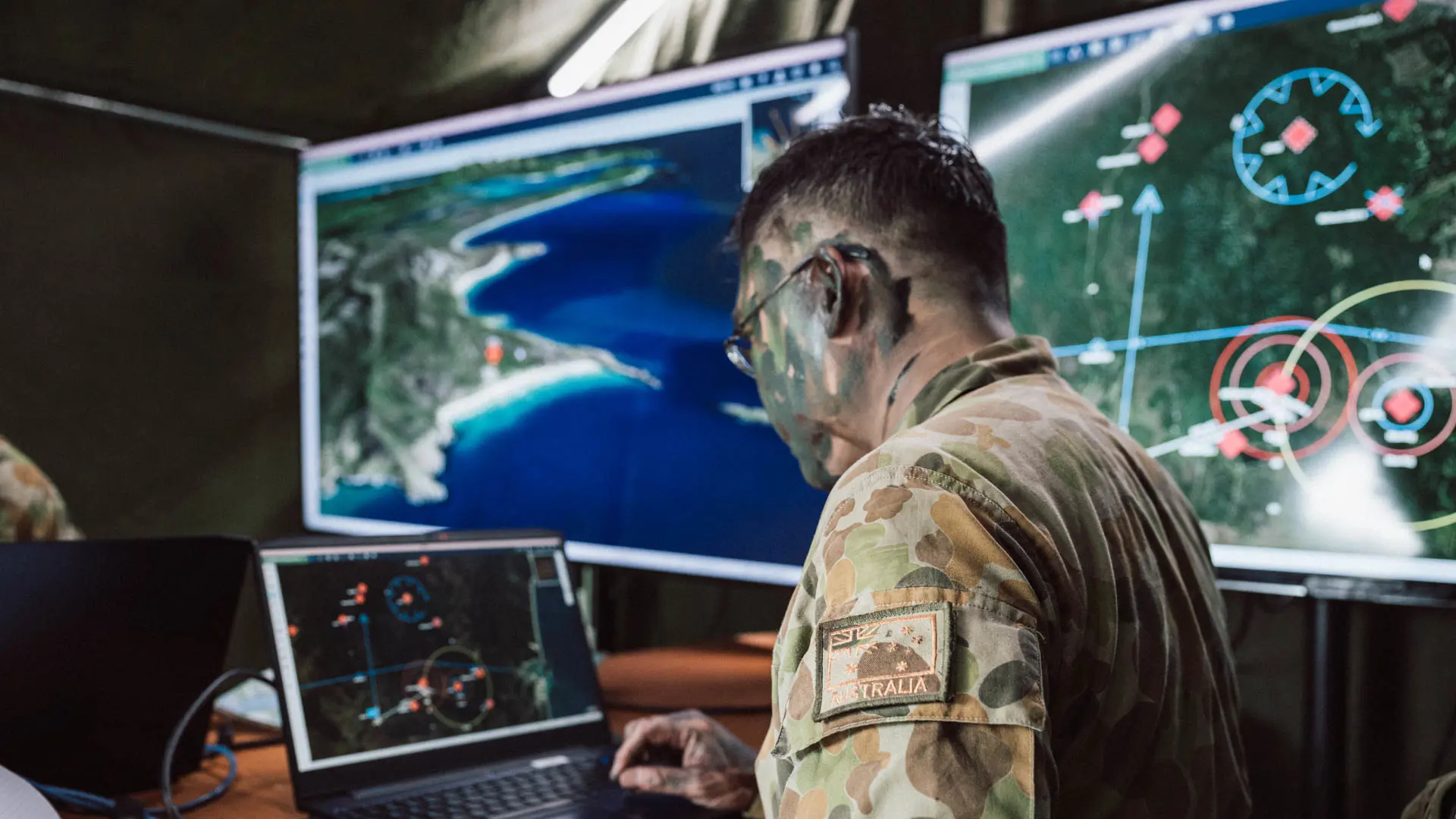Deploying the unmanned maritime advantage
How can navies generate and process more data in a digital world?
In the complex littoral and blue water marine battlespace, comprehensive, real-time situational awareness and informed decision making is critical for any naval operation. The marine environment presents unique challenges, due to its vastness, unpredictability, and variability amidst a changing geopolitical world. A central C4ISR management system where information can be collated, interrogated, and presented to naval operators on a single operational picture is essential for the efficient conduct of maritime domain operations.
Navies are being challenged to execute their unique mission sets with like-minded partners over increasingly larger maritime domains whilst continuing to digitize and innovate. Naval assets are deployed for extremely varied operations; they are expected to operate in diverse environments, often far from friendly shores. Missions can be conducted in the air, surface, or subsurface, and vary in intention from infrastructure monitoring to peer-to-peer warfare.
Unmanned systems acting in support
Unmanned vehicles in the surface (USV), subsurface (UUV) or air (UAV) can gather a wide variety of data types such as optical and infrared imagery, radar and AIS tracking, acoustic and sonar scanning, and anomaly detection. They can perform a variety of specific missions while gathering this data such as area patrolling, autonomous investigation of points of interest, or surveying specified areas.
The use of these vehicles allows for earlier detection of hazards and a greater quantity of data collected over a much wider potential area of deployment. Their cost is relatively low compared to manned vessels and their use allows for a force multiplier effect.

Modern USV's such as the OCIUS Bluebottle can stay at sea for up to six months with minimal overhead costs through the use of solar cell technology, as well as wind power – limited only by the need for regular maintenance periods. A swarm of 50-100 USV's would provide comprehensive coverage and patrol of the economic zone, freeing up Naval assets for specialist scan and enforcement activities.
The integration of a fleet of unmanned vehicles in the marine battlespace represents a significant advancement in naval warfare, offering increased operational capacity, improved safety and effect per dollar and person. As technology continues to evolve, the role of a central C4I system to tie these dispersed sources of information into a single operational picture becomes increasingly essential.
Co-ordinating data and intelligence

As with any digital system, the situation awareness achieved with products like those in the SitaWare suite is only as good as the information fed into it. Ships are large, expensive assets, not quickly manufactured and commissioned. Similarly, recruiting and training skilled personnel takes time. To produce an increasingly asymmetric effect from investment and significantly increase the sources and amount of data that contribute to the common operating picture of the battlespace, unmanned vehicles offer an excellent solution.
Implementation of surface, subsurface, and airborne equipment allows for modular and incremental expansion of a fleet and an increase of the data gathering footprint of traditional marine assets. A wide digital net of devices connected using low bandwidth communication protocols such as SitaWare Tactical Communication (STC) helps enable the collection of data. Collating that in a central BMS, such as SitaWare Headquarters, allows for this quantity of additional data to inform decision making and diffuse the fog of war. Video streams and sensor data from a variety of sources can be connected, viewed, and interpreted within SitaWare Headquarters.








